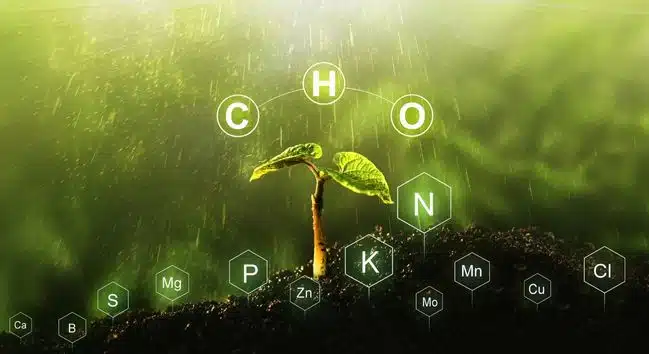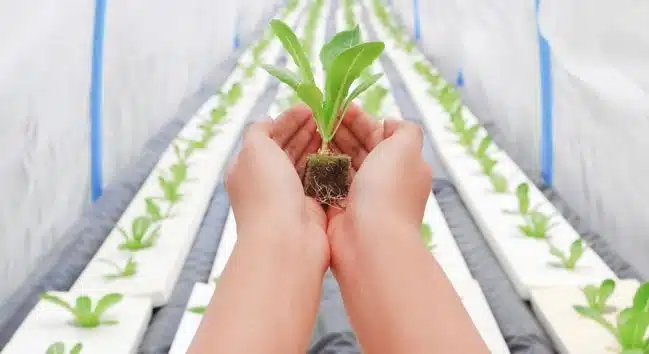Top Hydroponic Nutrients from GreenPlanet

1. Dual Fuel 2-Part Base Nutrient System
Ideal for growers seeking simplicity without compromising on results. This two-part system provides essential nutrients throughout the plant’s life cycle, ensuring robust growth and flowering. greenplanetwholesale.ca+2greenplanetwholesale.ca+2greenplanetwholesale.ca+2
2. Hydro Fuel 4-Part Nutrient System
For those desiring more control, the Hydro Fuel system offers separate components for vegetative and flowering stages:greenplanetwholesale.ca+4greenplanetwholesale.ca+4greenplanetwholesale.ca+4
- Grow A/B: Supports vigorous vegetative growth.
- Bloom A/B: Enhances flower development and yield. greenplanetwholesale.ca+3greenplanetwholesale.ca+3greenplanetwholesale.ca+3
3. GP3 3-Part Nutrient System
A versatile option suitable for various hydroponic setups. The GP3 system allows growers to adjust nutrient ratios based on specific plant needs during different growth stages. greenplanetwholesale.ca
Enhancing Growth with Additives
Beyond base nutrients, certain additives can further boost plant health and productivity:greenplanetwholesale.ca
- Liquid Weight: A blend of carbohydrates that nourishes beneficial microbes in the root zone, leading to improved nutrient uptake and aromatic flower development. greenplanetwholesale.ca
- Rezin: Enhances trichome production, flavor, and aroma without affecting the plant’s EC/PPM levels, making it safe to use up to harvest. greenplanetwholesale.ca+1greenplanetwholesale.ca+1
Choosing the Right Nutrient System
Your choice depends on your experience level and specific cultivation goals:
- Beginners: The Dual Fuel system offers ease of use with effective results.Evolve Garden Supply+2greenplanetwholesale.ca+2greenplanetnutrients.com+2
- Intermediate Growers: The GP3 system provides flexibility to fine-tune nutrient ratios.
- Advanced Cultivators: The Hydro Fuel system allows for precise control over each growth phase.greenplanetwholesale.ca+1greenplanetwholesale.ca+1
For a comprehensive selection of hydroponic nutrients and additives, visit GreenPlanet Wholesale’s shop. Their range caters to both hobbyists and professional growers aiming for optimal plant health and yield.greenplanetwholesale.ca





